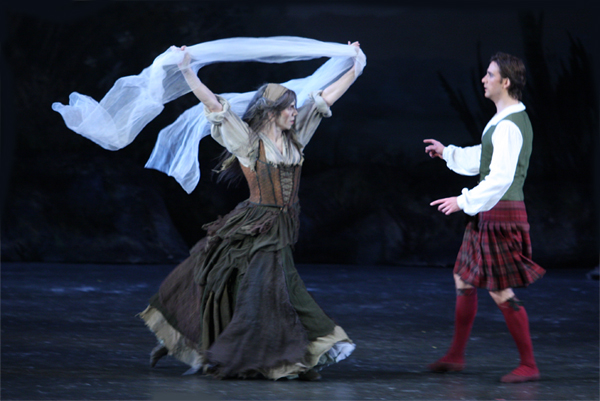
La Sylphide
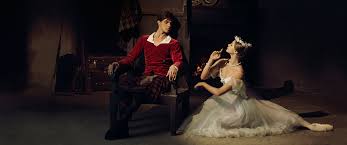
La Sylphide
(English: The Sylph; Danish: Sylfiden) is a romantic ballet in two acts.
There were two versions of the ballet; the original choreographed by Filippo Taglioni in 1832, and a second version choreographed by August Bournonville in 1836. Bournonville’s is the only version known to have survived and is one of the world’s oldest surviving ballets.
Taglioni’s version
On March 12, 1832, the first version of La Sylphide premiered at the Salle Le Peletier of the Paris Opéra.
Choreographed by the ground-breaking Italian choreographer Filippo Taglioni for his daughter Marie Taglioni and with a music by Jean-Madeleine Schneitzhoeffer.
The story is based on a book by Adolph Nourrit. With a scenery by Pierre Ciceri.
It was first performed by Marie Taglioni as La Sylphide and Mazilier as James, the 2 main characters.
La Sylphide was the first ballet where dancing en pointe had an aesthetic rationale and was not merely an acrobatic stunt, often involving ungraceful arm movements and exertions, as it had been the approach of dancers in the late 1820s.
Marie was known for shortening her skirts and introducing the tutu, a dress made of layered cotton gauze new in fashion at the time, in the performance of La Sylphide (to show off her excellent pointe work), which was considered highly scandalous at the time.
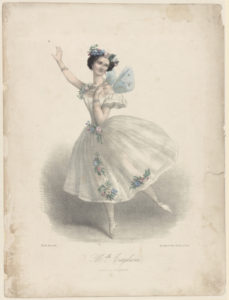
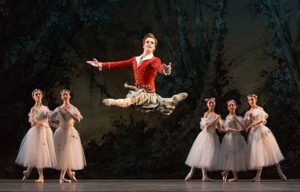
Bournonville’s version
The Danish ballet master August Bournonville had intended to present a revival of Taglioni’s original version in Copenhagen with the Royal Danish Ballet.
The the Paris Opera demanded too high a price for Schneitzhoeffer’s score so in the end, Bournonville mounted his own production of La Sylphide based on the original libretto, with music by Herman Severin Løvenskiold.
The premiere took place on November 28, 1836, with the prodigy Lucile Grahn and Bournonville in the principal roles.
The Bournonville version has been danced in its original form by the Royal Danish Ballet ever since its creation and remains one of Bournonville’s most celebrated works
The Story
James, a Scottish farmer, is due to be married to Effie, but is besotted by a Sylph* who appears in his farmhouse.
At his wedding celebrations, she entices him to follow her into the forest. Am old witch, Madge, who James sent away from the wedding, prepares a poisoned scarf, with which she intends to take revenge.
Meanwhile, James pursue the sylph.
Madge tells him the magic scarf will make the sylph belong to him always, but instead kills her.
James dies of grief and Effie finds happiness by marrying another farmer.
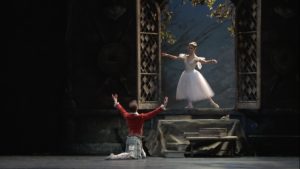
*A Sylph = Sylph (also called sylphid) is a mythological air spirit. The term originates in the 16th-century works of Paracelsus, who describes sylphs as (invisible beings) of the air.
Sources:
Wikipedia
Judy Tatchell (The world of Ballet)
